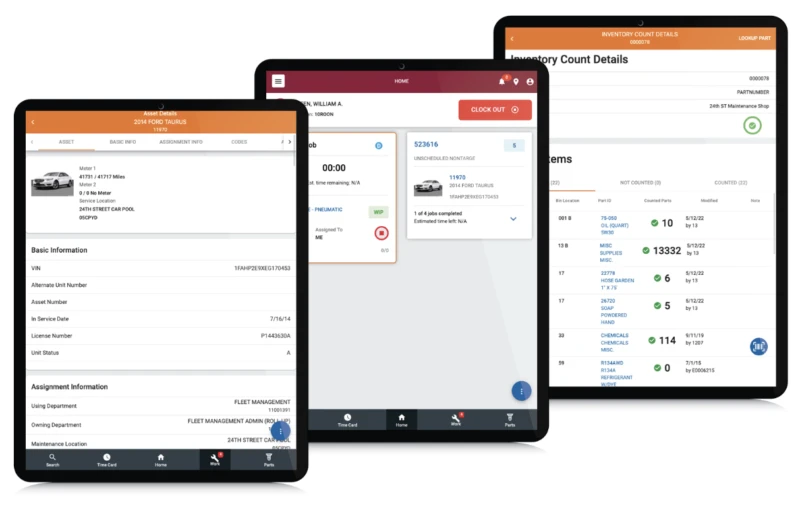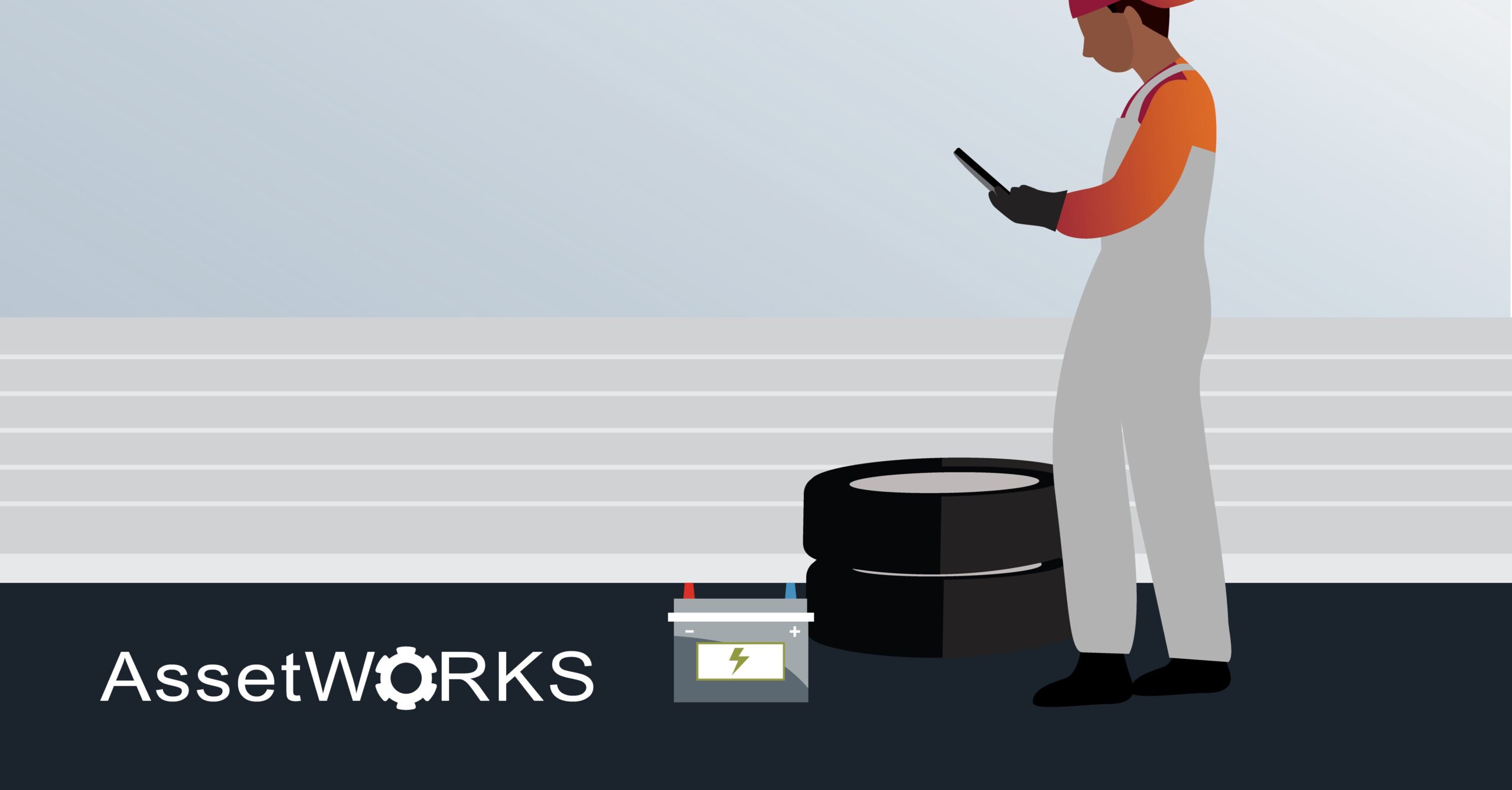Martin Greaves, Director of UK Operations AssetWorks, shares how you can find the right tool for the job.
Despite a 30+ year career in fleet management software, a piece of my heart lies in the world of engineering. Years ago, I learnt a valuable lesson about using the right tool for the job. Whilst attempting to remove a circlip from my car without the appropriate pliers, I decided to improvise by filing down a pair of ordinary pliers that had conveniently fallen out of my father’s toolbox.
I managed to remove the circlip and consequently immobilise my car. Unfortunately, the weakened pliers broke during their next application and were duly consigned to the bin. I was off to the tool shop (in a borrowed car) to purchase both purpose-built circlip pliers and a replacement for the broken ones.
In the grand scheme of things, this was no great disaster for an amateur mechanic like myself, but translate this to the professional world of fleet management and the same principles apply, but with rather more expensive consequences.
Computer systems are sometimes viewed as a hindrance rather than a benefit to a business. How many times have we heard, “I can’t do the task that way because the system won’t let me”? But these systems are simply tools that we use to do our jobs, so if the systems don’t do the job, we should ask why. In a lot of cases, it is because we simply aren’t using the right tool for the job.
In the fleet industry, our problems are compounded by ever-changing business demands and the spectre of corporate responsibility. It is not good enough to simply record information. A proactive approach to analysis is now paramount to the need to show due diligence.
Many of the first computer systems deployed in the commercial world were to serve the accounting functions of a business. The legislation for company governance and accounting rules have been stable for years notwithstanding the Sarbanes Oxley findings. Meanwhile, the fleet industry meets new legislative pressures year after year.

Attempting to use an accounting software solution for fleet operational purposes is to invite failure or, at best, deliver an inferior and less effective system. Conversely using a fleet system for bean counting will assure disaster! Either way, unpicking the damage will be costly both in terms of system downtime and loss of the promised benefits.
So the challenge for fleet operations is to find solutions that are appropriate for the job and also keep pace with all the rapid change in the industry.
Consequently, we demand solutions that not only meet the immediate, foreseeable requirements but also the unforeseeable future expectations. In mitigation of this lofty, unrealistic objective, it pays to take a close look at our potential suppliers.
The software component of a computer system provides the user functionality and is therefore the most important part. Software companies tend to follow the same expansion and evolution route, usually starting with a clever piece of core functionality based on state-of-the-art technology, rapid expansion typically leads to mergers and acquisitions. As part of a larger organisation, the focus on the original concept is diluted while the “state of the art” has moved on.
Hence having found the right system for the job it becomes pot luck as to how that system will evolve, if at all.

Small companies tend to be more nimble and responsive to customer demands so they are the best place to get good quality customer service, but will they be there to support your organisation tomorrow, next year or even 5 years down the line? Big companies, on the other hand, are more likely to offer long-term security, but can they deliver on customer service?
It becomes clear then that ideal suppliers are big companies that operate like small companies. Three useful indicators reveal a useful insight into the longevity of potential software suppliers, do they have an active user group (effectively a pressure group), are they attracting new business, and most revealing, are customers moving on to other suppliers?
For over 35 years, the AssetWorks team has created fleet management solutions for fleet organisations of all sizes. With over 550 customers spanning public and private sectors across the United Kingdom and North America, AssetWorks as an organisation understands how to customise fleet solutions for any unique need– from commercialisation projects to legislative compliance.
Perhaps choosing the right tool for the job in fleet software terms is too simplistic. The real challenge is to choose the right tool from the right supplier. One thing we can be sure about is that to improvise a fleet system using inappropriate software is a sure way to “break the pliers.”












